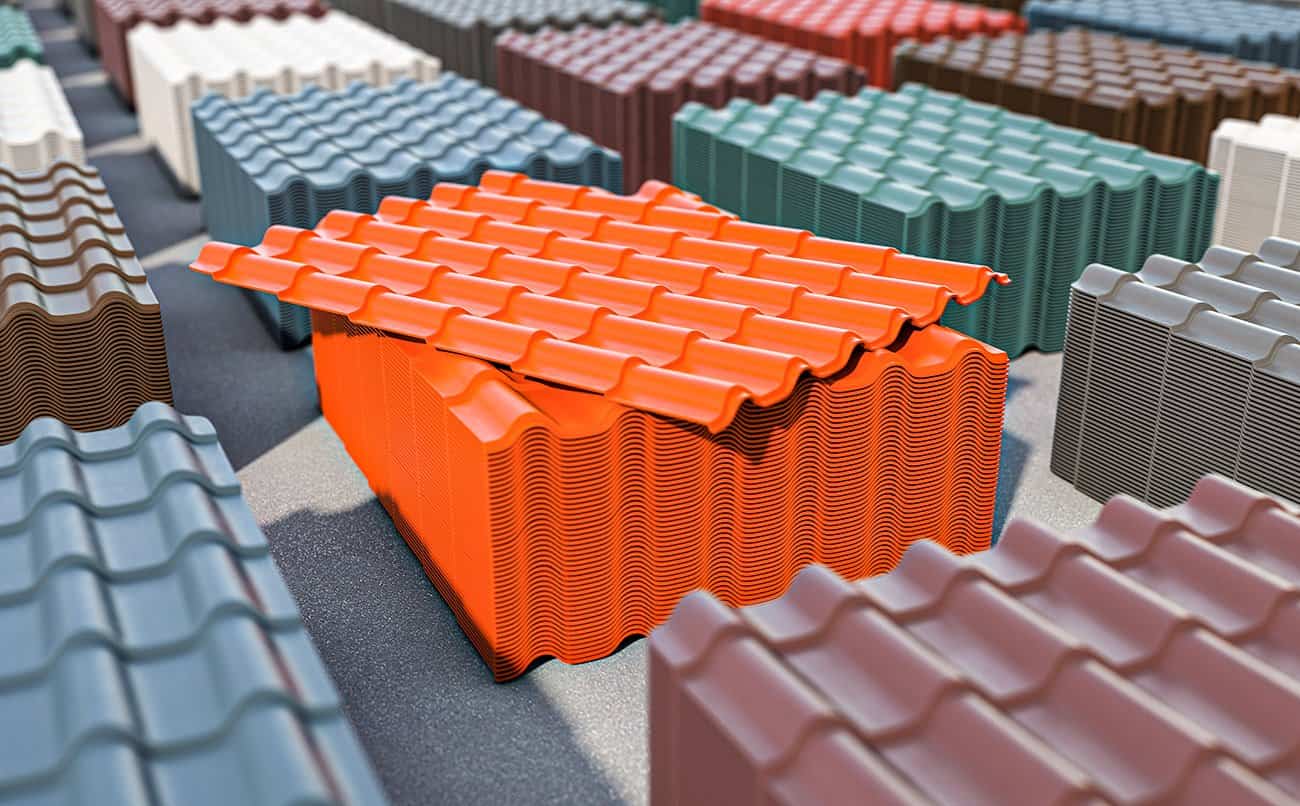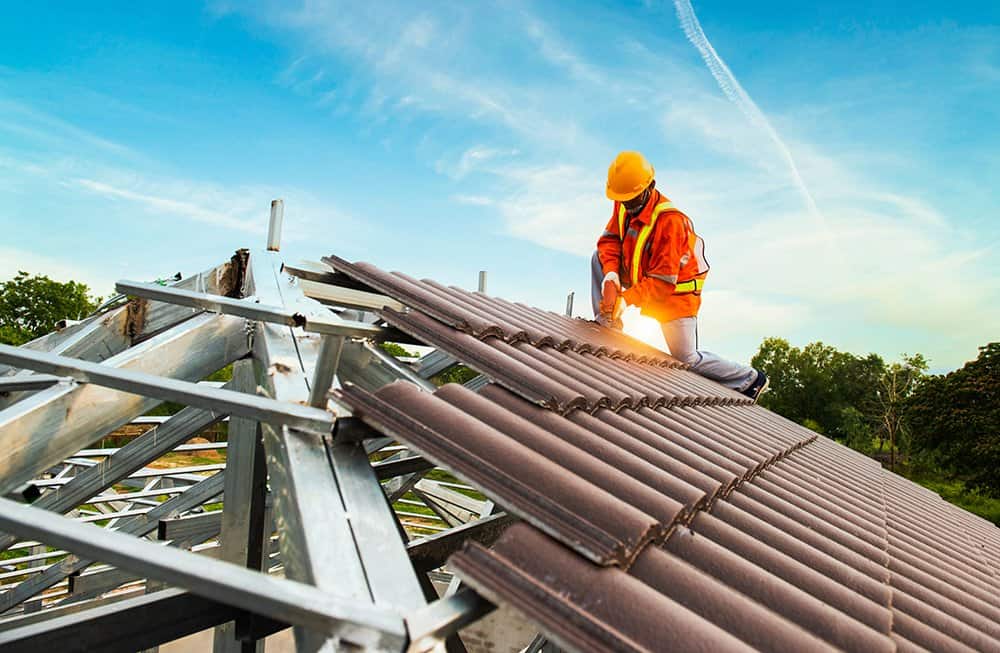Have you ever wondered how long your roof will last? Your roof is one of the most important parts of your home, protecting you and your family from the elements. But like everything else, your roof has a lifespan. The lifespan of your roof depends on several factors, including the quality of roofing materials, type of roofing material, climate and weather conditions, maintenance and care, and the quality of installation.
The lifespan of your roof is not something you can control entirely, but you can take steps to ensure that it lasts as long as possible. Knowing the factors that affect the lifespan of your roof can help you make informed decisions about roof maintenance, repair, and replacement. In this article, we will discuss each of these factors in detail and offer tips on how to maintain the longevity of your roof. So, buckle up and get ready to learn everything you need to know about the lifespan of your roof.
Quality of Roofing Materials
If you want your roof to last, you should make sure you’re using the best quality materials available – don’t skimp on the materials, or you could end up with more problems down the line. Durability vs. affordability is always a concern when it comes to choosing roofing materials, but finding the right balance is crucial. Cheaper materials may seem like a good idea at the time, but they won’t last as long and will likely require repairs or replacement sooner than higher quality options.
Environmental factors also play a big role in the longevity of your roof. Extreme temperatures, heavy rainfall, and high winds can all take a toll on the materials used in your roof. It’s important to choose materials that are resistant to these factors and can withstand the elements. Investing in quality materials now will save you money in the long run by reducing the need for frequent repairs and replacement. So, when it comes to the lifespan of your roof, don’t underestimate the impact of your choice in roofing materials.\

Type of Roofing Material
Different roofing materials have varying lifespans, meaning that the type of material you choose will directly affect how long your roof will last. For example, asphalt shingles are the most common roofing material used in the United States due to their affordability. However, they typically have a shorter lifespan of around 20-25 years. On the other hand, metal roofing is more durable and can last up to 50 years or more, making it a cost-effective option in the long run.
When considering the type of roofing material for your home, it’s important to think about both durability and cost effectiveness. While some materials may be more expensive upfront, they can save you money in the long run by lasting longer and requiring less maintenance. Ultimately, the type of material you choose will depend on your budget and personal preferences. Be sure to do your research and consult with a professional roofing contractor to determine the best option for your specific needs.
Climate and Weather Conditions
The weather and climate of your area will play a big role in determining which roofing material is best for you. If you live in an area with high levels of precipitation, you’ll want to choose a roofing material that can withstand heavy rain and snow. Metal roofing, for instance, is a great choice for areas with high rainfall as it doesn’t absorb moisture like other materials. In contrast, asphalt shingles tend to absorb moisture, which can lead to damage and roof leakage over time.
Regardless of the type of roofing material you choose, it’s important to keep up with regular roofing maintenance to prevent roof leakage. This includes inspecting your roof periodically for any signs of damage or wear and tear. Additionally, you’ll want to keep your gutters clean to prevent water buildup and potential damage to your roof. With proper maintenance and care, your roof can withstand the elements and last for many years to come.
Maintenance and Care
Maintaining and caring for your roof is crucial to ensure its longevity and avoid costly repairs down the line. Regular inspections are important to catch any potential issues before they become major problems. You can hire a professional to inspect your roof, or you can do it yourself with the right tools and safety precautions. Look for any signs of damage such as missing or cracked shingles, rusted flashing, or moss and algae growth. These issues can be fixed easily and quickly if caught early on.
In addition to regular inspections, DIY maintenance can also prolong the lifespan of your roof. Simple tasks like cleaning your gutters and removing debris from your roof can prevent water damage and other issues. It’s important to use proper cleaning techniques and avoid using harsh chemicals that can damage your roof. By taking these simple steps, you can ensure that your roof stays in good condition for years to come. Remember, prevention is key when it comes to maintaining your roof, so don’t neglect this important aspect of home maintenance.
Quality of Installation
Ensuring a proper installation is crucial for a long-lasting and durable roof that you can enjoy for years to come. The quality of installation depends on the experience and expertise of the roofing contractor you choose. It’s important to choose a contractor who has years of experience in the industry and is well-trained in the latest techniques for proper installation.
A well-trained and experienced contractor will know how to install your roof properly, ensuring that it is water-tight and able to withstand the elements. They will also know how to properly seal around vents, chimneys, and other protrusions on your roof to prevent leaks. Choosing a contractor with proper training techniques will also help ensure that your roof is installed safely and according to all local building codes. By investing in a quality installation, you can rest assured that your roof will last for many years to come.

Signs of Roof Damage and When to Replace
You’ll want to keep an eye out for signs of damage and know when it’s time to replace your roof to avoid costly repairs and potential danger. One of the most obvious signs of roof damage is leaks. If you notice water stains on your ceiling or walls, it’s time to take action. Other signs of damage include missing or cracked shingles, warped or curled shingles, and granule loss.
Replacing your roof can be a costly endeavor, but it’s important to do it before the damage becomes too extensive. Cost effective solutions include choosing a durable roofing material, such as metal or asphalt, and ensuring proper installation. If you’re handy, there are also DIY repair options available for minor damage. However, for major damage or a roof that is nearing the end of its lifespan, it’s best to consult a professional to ensure the job is done correctly and safely.
Conclusion
So now you know the factors that affect the lifespan of your roof. You can take steps to ensure that your roof lasts as long as possible. Start by choosing high-quality materials and the right type of roofing for your climate. Make sure to maintain and care for your roof regularly and keep an eye out for signs of damage. And, of course, make sure you have it installed by a professional who knows what they’re doing.
Remember, your roof is a vital part of your home, protecting you and your family from the elements. By taking care of it properly, you can ensure that it lasts for many years to come. Don’t wait until it’s too late – take action now and enjoy peace of mind knowing that your roof is in good hands.




















